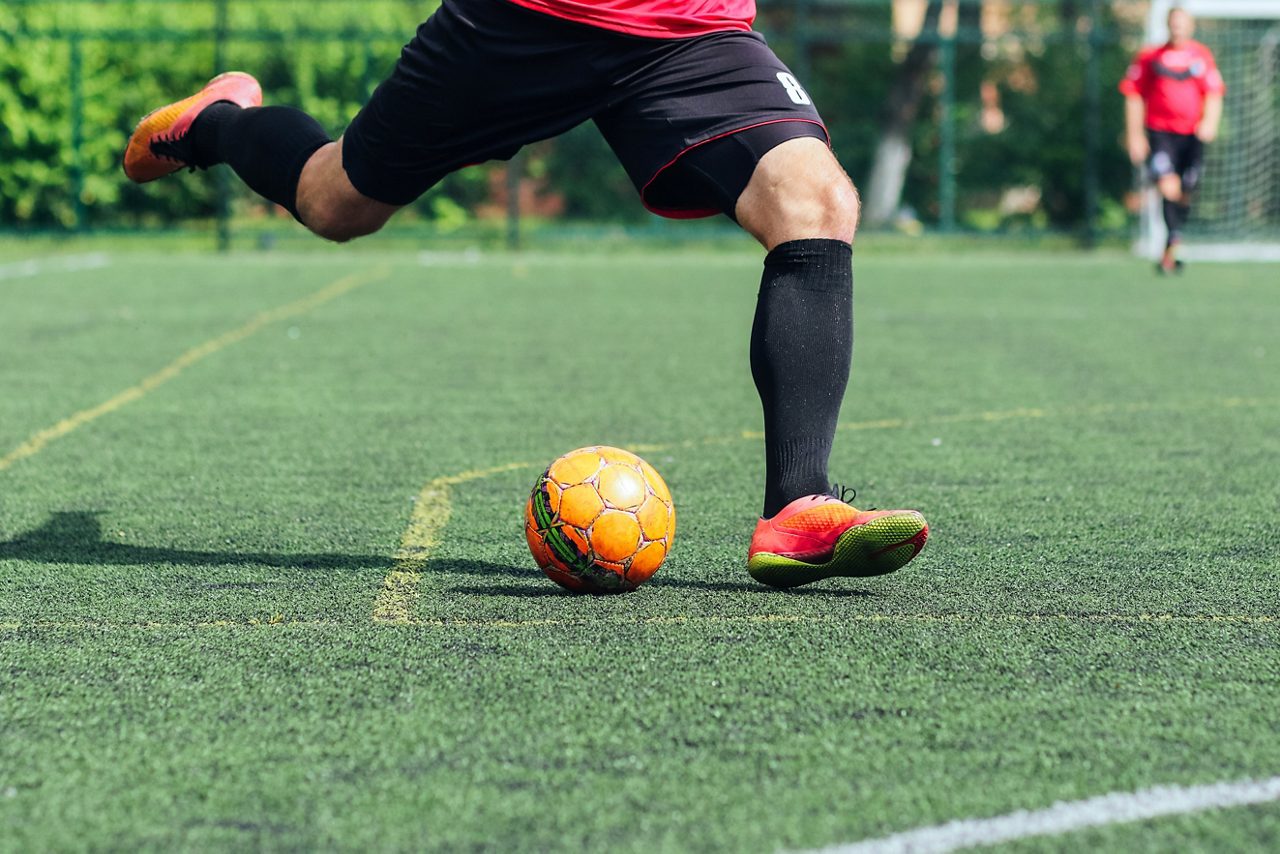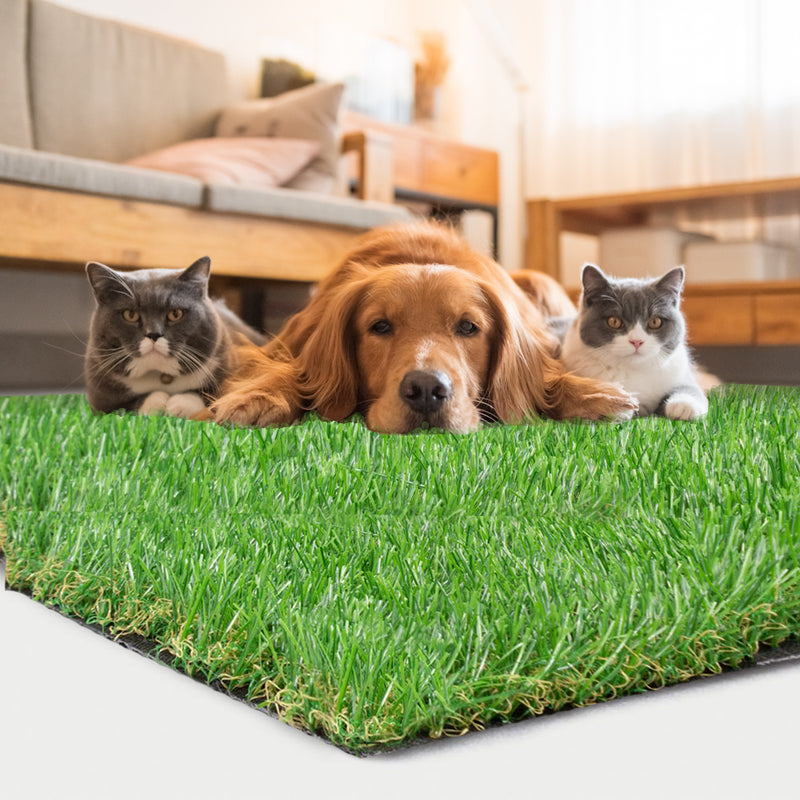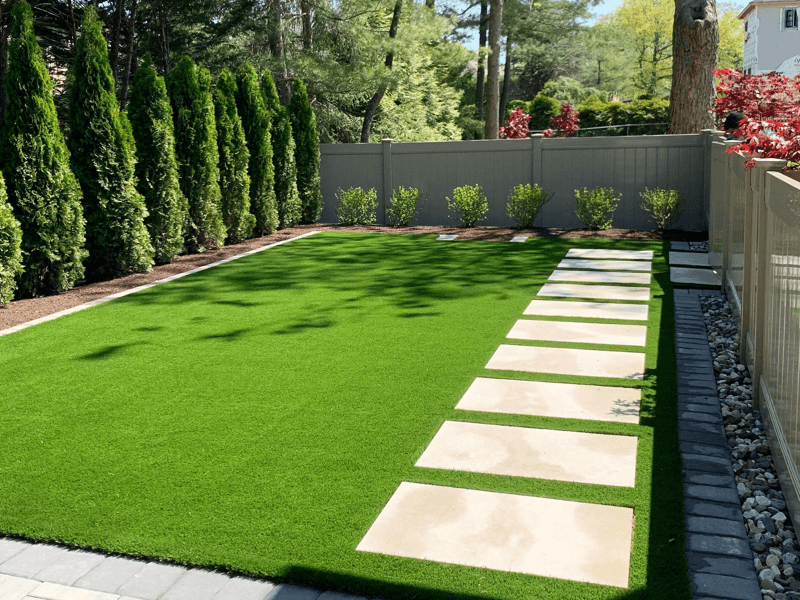Delve Into the Environmental Perks of Opting for Synthetic Grass Solutions
The adoption of synthetic grass remedies presents a compelling possibility to address pressing ecological difficulties. By significantly decreasing water use and lessening the application of dangerous chemicals, these options not only advertise sustainable landscape design yet also secure regional environments. The lower carbon footprint connected with reduced maintenance tasks contributes to a more lasting strategy to land monitoring. The ramifications of these advantages expand beyond simple preservation initiatives, elevating inquiries concerning their lasting influence on environment conservation and total ecological equilibrium. Checking out these dimensions discloses an intricate interaction worth considering.
Water Conservation Benefits
One of the most considerable advantages of synthetic lawn is its capacity to preserve water. In contrast, synthetic lawn does not need watering, significantly minimizing the total need for water resources.
By removing the need for routine watering, synthetic grass adds to sustainable landscape methods and helps alleviate the environmental impact of too much water consumption. Furthermore, the preservation of water extends to the decrease of drainage, which can result in dirt disintegration and river pollution.
In addition, the setup of synthetic grass allows home owners and communities to designate water resources extra effectively, concentrating on essential uses such as alcohol consumption water and farming. The change towards synthetic grass not just advertises responsible water usage but likewise straightens with more comprehensive ecological objectives targeted at protecting natural resources.
As communities progressively prioritize sustainability, the water conservation benefits of synthetic grass provide a compelling situation for its adoption in commercial and residential landscaping jobs.
Minimized Chemical Use
The shift to synthetic grass dramatically lowers the reliance on chemical treatments generally made use of in all-natural lawn upkeep. Standard turf management commonly entails the application of herbicides, fertilizers, and pesticides to advertise development and control parasites. These chemicals can present threats to human health, local wildlife, and the environment, adding to soil and water contamination.
In comparison, man-made turf eliminates the requirement for these damaging substances. By decreasing the release of synthetic compounds into the community, synthetic lawn advertises healthier soil and water systems.
In addition, the absence of chemical drainage associated with synthetic grass setups aids safeguard regional rivers from contamination, sustaining marine life and maintaining biodiversity. Arizona turf. As neighborhoods significantly prioritize lasting techniques, selecting fabricated grass presents a feasible solution that aligns with ecological preservation goals. Via this change, homeowner can take pleasure in rich eco-friendly areas without jeopardizing environmental health and wellness, paving the way for an extra lasting future
Lower Carbon Impact

Furthermore, the setup of synthetic grass can result in significant water preservation. Natural grass call for considerable amounts of water for irrigation, which not just adds to the carbon footprint connected with water extraction and treatment but also pressures regional water sources. In comparison, artificial lawn needs marginal maintenance, needing no watering, thus substantially decreasing water use and its associated energy prices.
Furthermore, the long life of synthetic grass adds to its lower carbon effect. With a lifespan of approximately 15 years or more, the demand for regular replacements is lessened, causing much less waste and lower power usage in production and throwing away traditional turf alternatives. In general, man-made grass offers a lasting choice for ecologically mindful landscape design.
Environment Preservation
Habitat preservation is a vital consideration in the argument over landscaping selections, specifically when contrasting synthetic grass go right here to all-natural turf. Natural grass lawns frequently require comprehensive maintenance, including the usage of herbicides, chemicals, and plant foods, which can adversely affect local environments. These chemicals can seep right into the dirt and rivers, hurting indigenous vegetation and fauna and interrupting local environments.
On the other hand, fabricated turf presents a possibility to lower the environmental impact of landscaping. By selecting artificial turf, house owners can decrease the interruption of all-natural habitats associated with conventional yard treatment practices. Artificial grass gets rid of the demand for dangerous chemicals, thereby securing neighboring wildlife and preserving the honesty of surrounding environments. The installment of fabricated turf can lead to the conversion of former lawn locations right into more biodiverse landscapes, such as pollinator gardens or native plant locations, which can sustain local wildlife.
Ultimately, the shift to man-made grass not just preserves water and decreases maintenance efforts however likewise promotes a more harmonious partnership in between human activities and the natural surroundings, advertising environment conservation while doing so.
Long-Term Sustainability
Long-lasting sustainability is a vital consider reviewing the benefits of synthetic grass over conventional lawn lawns. One of one of the most substantial advantages of synthetic grass is its toughness; it can last as much as 15-20 years with minimal upkeep, whereas all-natural turf requires frequent reseeding and substitute. This durability decreases the need for constant sources, such as water, plant foods, and pesticides, which are vital for maintaining a healthy turf lawn.
In addition, man-made turf adds to a reduction in carbon exhausts connected with lawn treatment devices. Traditional grass commonly need gas-powered lawn mowers, leaners, and blowers, every one of which add to air contamination. Artificial turf companies phoenix. In comparison, synthetic grass removes the demand for such tools, promoting a cleaner atmosphere
Moreover, the production of man-made lawn increasingly uses recycled products, boosting its sustainability profile. As producers embrace eco-friendly methods, the ecological impact of artificial turf continues to reduce.

Conclusion
The fostering of man-made turf options provides significant environmental benefits, consisting of considerable water preservation, decreased dependence on harmful chemicals, and a reduced carbon impact. Artificial turf help in maintaining all-natural habitats by reducing land disturbance and promoting long-term sustainability through the usage of view website durable products. Jointly, click this site these variables highlight the possibility of fabricated grass to contribute positively to environmental health and wellness and provide a viable alternative to standard landscape design methods in an increasingly resource-conscious world.
In contrast, man-made turf does not require watering, significantly minimizing the overall demand for water sources. By reducing the release of artificial substances into the ecosystem, fabricated grass advertises healthier dirt and water systems.
Moreover, the installment of fabricated grass can result in considerable water conservation. In comparison, man-made turf requires minimal maintenance, requiring no watering, thus considerably reducing water usage and its associated energy costs.
